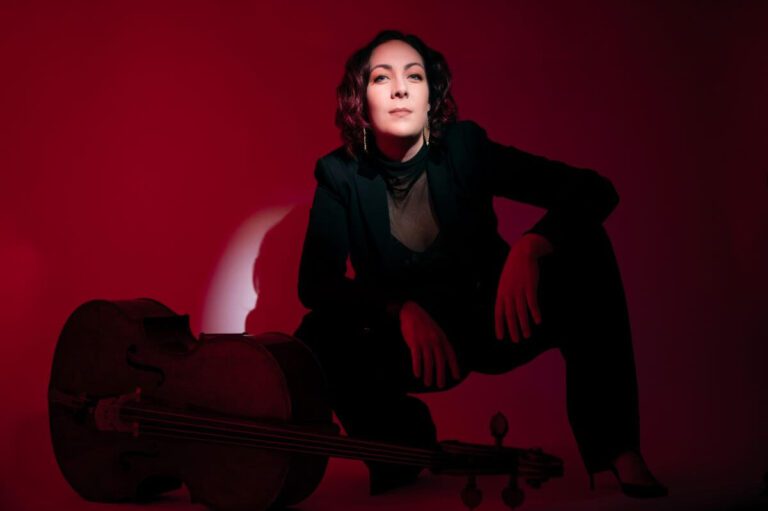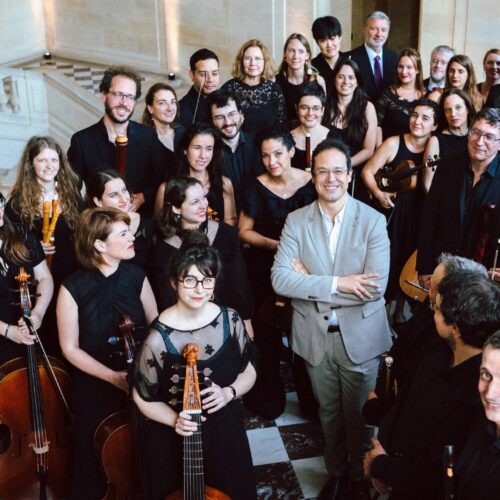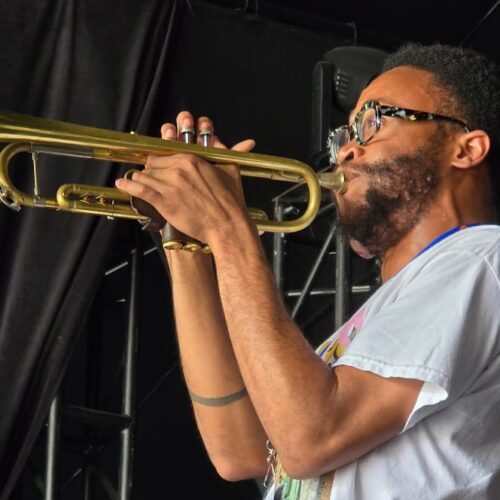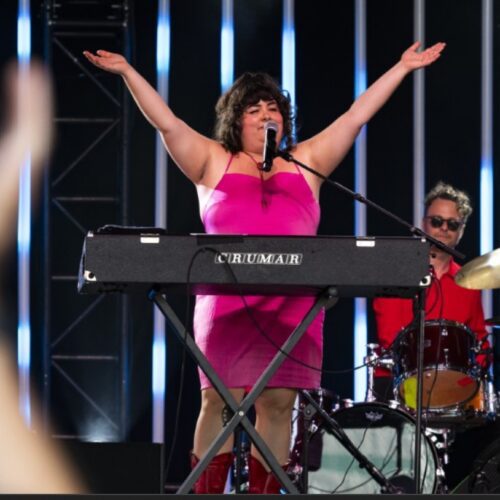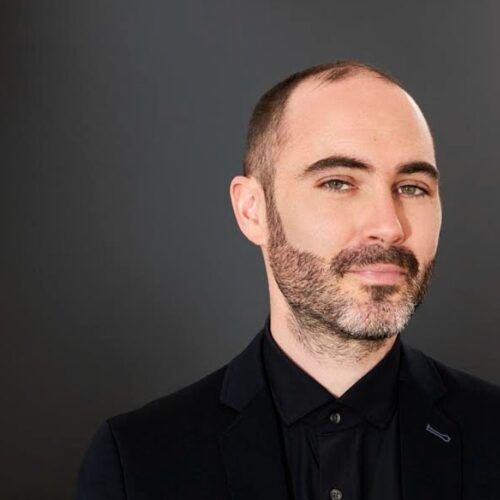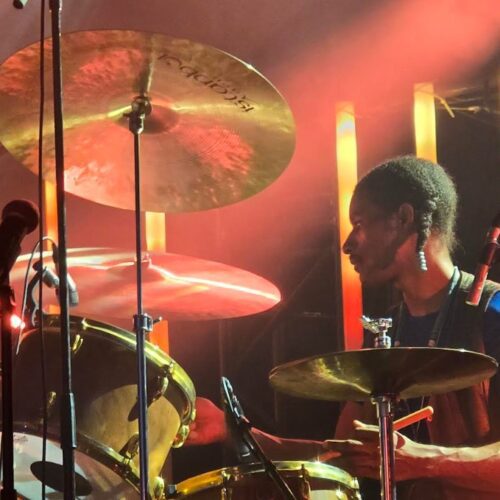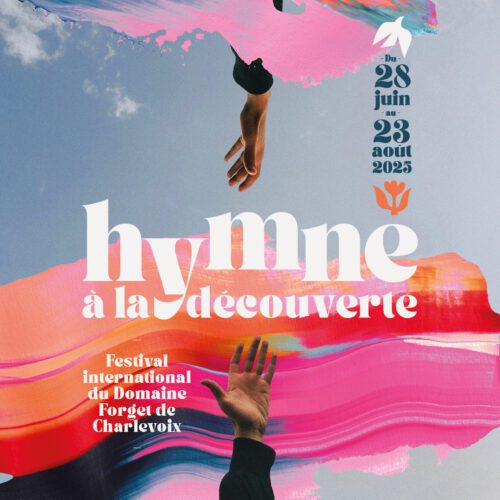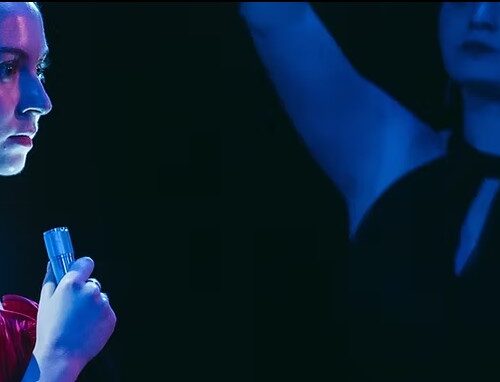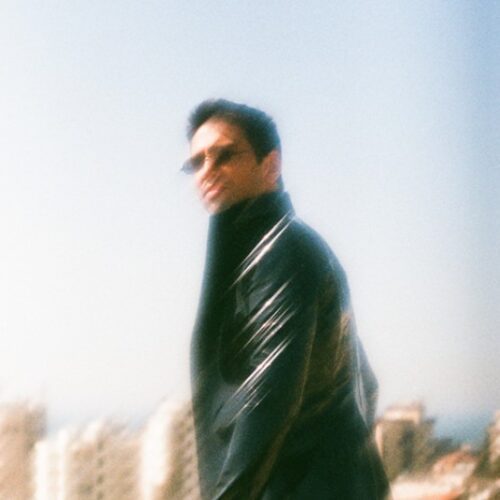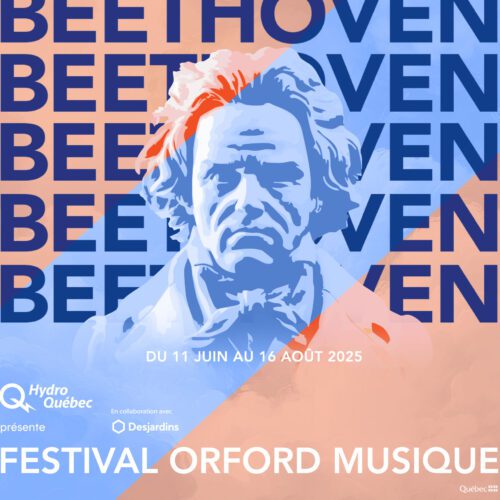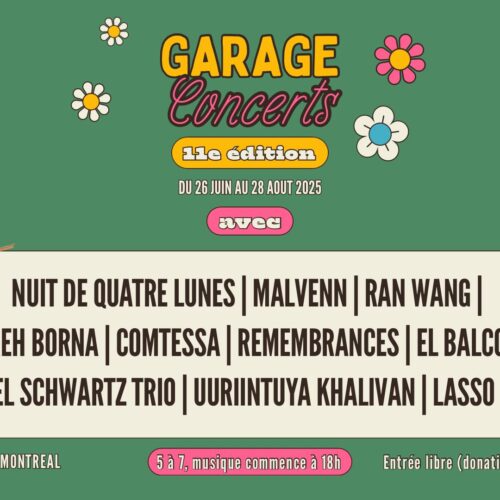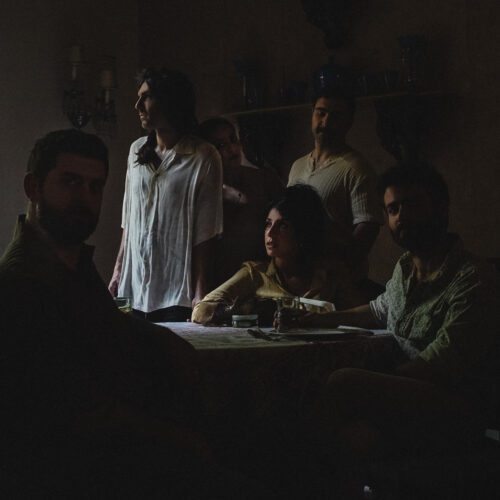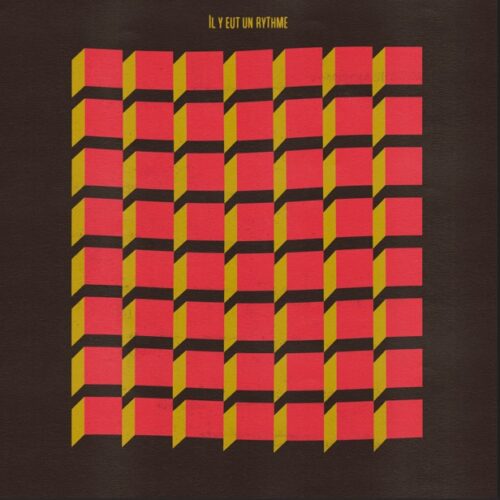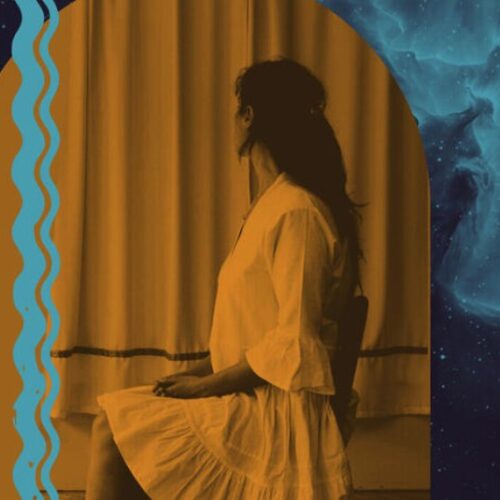Additional Information
Cellist Noémie Raymond-Friset has won numerous awards for her refined interpretations of the cello repertoire. Not only a soloist, she also frequently performs with chamber ensembles and is a much-appreciated teacher. PAN M 360 caught up with Noémie Raymond-Friset to find out more about the program bridging two eras that she will be presenting for the solo concert in the open air in a few days’ time.
PAN M 360: Hello! To begin with, let’s talk about the context of the concert you’ll be giving on Saturday. It will take place in a garden, won’t it?
Noémie Raymond-Friset: Yes, the concert will take place around 11 am. It’s really meant to be a concert in a more relaxed setting. I think it’s going to be really interesting to do that. The field should be in bloom, so it’ll be a very inspiring setting for an outdoor concert. I’ve played outdoors before, especially during the pandemic. Also, when I was a student at Domaine Forget, I once played a concert at Bleu Lavande.
PAN M 360: As a performer, what distinguishes this departure from the concert hall to offer a program in an outdoor setting?
Noémie Raymond-Friset: I think it adds another dimension to the music. In a concert hall, you focus on the beauty of the place and its acoustics. It gives you the impression of being in a little box designed specifically for a concert, whereas when you go outside, it’s certain that what surrounds you is just as much part of the performance, whether it’s the smells or the visuals. There’s more going on, too. Birds come around, a butterfly lands on my bow – I’ve done that before! It takes the music out of its purely musical focus, and gives it a more multidisciplinary aspect, if you can call it that. I find it very interesting to be able to create moments that you can’t find in a concert hall.
PAN M 360: And is this the first time you’ve played at the Festival de Lanaudière?
Noémie Raymond-Friset: No, I’ve played in ensembles before, including once with an ensemble of 12 cellos. But this will be my first solo performance, with my own project.
PAN M 360: In fact, you’ve titled this project Le violoncelle en deux temps (Cello in two parts). What does this title mean, and what are the two times of the cello that you will be presenting to the public?
Noémie Raymond-Friset: I was talking to Janick Simard, who’s in charge of the Hors les murs series. We were thinking that, since it’s a program entirely for solo cello, there would be a lot of Baroque music, since the solo repertoire for the instrument developed a lot during this period. After that, there was not much going on in the Classical and Romantic eras. But the solo cello repertoire starts to develop again in the modern era, especially from the 1900s onwards. We thought it would be interesting to link Baroque and modern pieces. That’s where the title comes from. I wanted to highlight the idea that the solo cello repertoire developed in two phases.
PAN M 360: How did you choose the works for this particular concert?
Noémie Raymond-Friset: I wanted to emphasize the contrast between these two periods in the history of the solo cello repertoire. I started with Johann Sebastian Bach’s preludes, which are really the best-known works of the Baroque period for the cello. I wanted to find pieces to parallel and contrast with each of the preludes. I had to do hours of research to find which pieces would be interesting to link with Bach’s works.
PAN M 360: What common thread did you find between the pieces? Is there a story you want to tell, a specific listening path?
Noémie Raymond-Friset: Yes, there will be a certain story that emerges from the program, but the common thread really lies at the level of the pure music. There’s a link either in tonality or in style. I was really looking for an element to weld the works together. So there’s a pretty fluid flow between the pieces. I felt that there were some amalgams to be made, especially in terms of sound and musicality.
PAN M 360: What can we expect from this concert?
Noémie Raymond-Friset: I think we can expect some great discoveries, as there will be some works that are rarely played. For example, I’ll be playing a sonata for solo cello by Prokofiev, which even very few of my cellist friends know. Despite the fact that it’s not a contemporary piece per se, it’s still not very well known. I think a lot of people will already be familiar with Bach’s preludes, so this may be a return to the roots, and it’s certainly music that’s pleasant to listen to. Other pieces, on the other hand, will be a little more surprising and will push back the boundaries we’re used to seeing or hearing. So I think it’s going to be a nice bouquet.
PAN M 360: Finally, what’s next for you? Are there any other projects in which you’ll be involved in the future?
Noémie Raymond-Friset: Yes, I have several projects this summer, including a concert in Toronto that will be recorded by CBC and broadcast in the following months. I’ll be part of Virée classique, and I’ll be performing with my duo (Duo Cavatine) in August, to promote our first album, Cellopéra! And several other projects in the fall, which I can’t talk about yet, but which will be very interesting!
